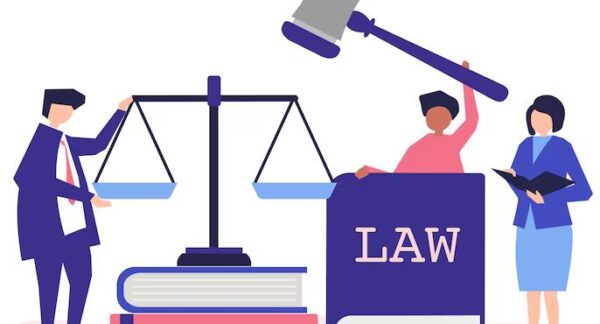Environment Protection (End-of-Life Vehicles) Rules, 2025 : Towards a Sustainable Automotive Future


The Environment Protection (End-of-Life Vehicles) Rules, 2025, aim to establish a comprehensive framework for managing vehicles at the end of their operational life. These rules are part of the government’s efforts to ensure environmentally safe practices for recycling and disposing of old vehicles, while promoting sustainability in the automotive sector. Notified under the Environmental Protection Act, 1986, the rules are set to take effect on April 1, 2025.
The new regulations apply to various stakeholders, including vehicle manufacturers, owners, bulk consumers (entities owning more than 100 vehicles), registered vehicle scrapping facilities (RVSFs), collection centres, and automated testing centres (ATCs). However, vehicles already covered under specific waste management rules, such as Battery Waste Management Rules, 2022, or Plastic Waste Management Rules, 2016, are excluded from these provisions.
A key feature of the rules is the concept of Extended Producer Responsibility (EPR), which places significant obligations on vehicle manufacturers. Producers are required to ensure the safe collection and recycling of end-of-life vehicles (ELVs) in compliance with annual targets. They must purchase EPR certificates from authorized scrapping facilities to demonstrate their compliance. Additionally, producers are expected to create awareness campaigns for consumers, promote vehicle take-back programs, and register their activities on a centralized portal.
Registered owners and bulk consumers also have specific responsibilities under these rules. Owners must dispose of vehicles at the end of their operational life within 180 days through registered scrapping facilities. Bulk consumers, such as transport companies, must register on the centralized portal and report on their vehicle disposal activities annually.
Collection centres play a critical role in managing ELVs by collecting, storing, and transferring them to RVSFs. These centres must ensure that the vehicles are handled in an environmentally sound manner and maintain detailed records of their activities. Similarly, automated testing centres are tasked with conducting mandatory fitness tests for vehicles. Non-compliant vehicles are to be referred to scrapping facilities, and testing data must be uploaded to the centralized portal.
Registered Vehicle Scrapping Facilities (RVSFs) are at the core of this initiative, responsible for dismantling and recycling ELVs. They must de-pollute vehicles by safely handling hazardous materials, recover recyclable components like steel, and issue EPR certificates for materials recycled. These facilities are also required to report their activities quarterly to state pollution control boards.
EPR certificates, which are essential for producers to meet their obligations, are issued by RVSFs based on the materials they recover from scrapped vehicles. These certificates are valid for five years and must be purchased by producers to fulfil their recycling targets. The centralized portal serves as the hub for tracking, reporting, and trading these certificates.
The rules also include provisions for registering stakeholders and handling violations. Producers, bulk consumers, and RVSFs must register with the Central or State Pollution Control Boards. Non-compliance can lead to suspension or cancellation of registration after due process, and violators can appeal decisions within 45 days.
To support the implementation of these rules, the government has outlined specific roles for both the central and state authorities. The Central Pollution Control Board (CPCB) is responsible for developing and maintaining the centralized portal, monitoring compliance, and conducting audits of registered entities. State governments are tasked with ensuring adequate scrapping and testing facilities, as well as raising public awareness. State Pollution Control Boards oversee registration processes and compliance monitoring.
Environmental compensation is another critical aspect of the rules. Entities that fail to comply with their obligations may face monetary penalties, which will be used for environmental restoration activities, such as improving recycling infrastructure and addressing pollution caused by improper vehicle disposal.
A centralized online portal will serve as the backbone of the entire framework. It will manage registrations, track ELVs, and facilitate the issuance of EPR certificates. This platform will also ensure transparency and provide real-time data on the disposal and recycling of ELVs.
To oversee the implementation of these rules, the government will establish an Implementation Committee chaired by the CPCB. The committee will include representatives from state boards, vehicle manufacturers, recyclers, and other key stakeholders. It will monitor progress, guide activities, and provide regular reports to the central government.
The Environment Protection (End-of-Life Vehicles) Rules, 2025, mark a significant step toward sustainable waste management in the automotive sector. By focusing on the entire lifecycle of vehicles and involving multiple stakeholders, the rules aim to reduce environmental harm and promote a circular economy.For further details write to contact@indialaw.in




